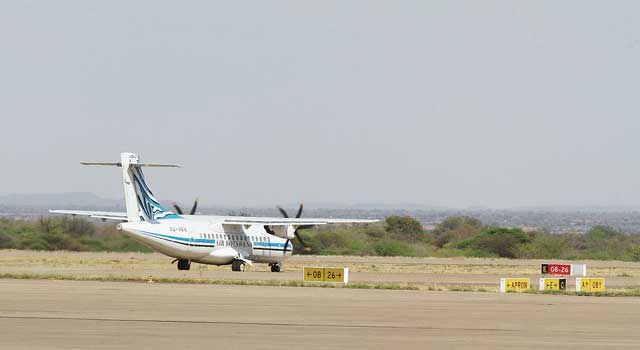From the findings of the Auditor General as discussed in the previous instalment, a strong argument can be made that the Internal Control Systems at Air Botswana are in shambles and it is a major factor in the successive failures of the Airline. The Boardroom further posits that if these pitfalls are not addressed soon, we may witness the total collapse of Air Botswana albeit the continued government financial support. So what should be the starting point? Corporate Governance literature guides us that executive management bears the responsibility of creating the environment, which is conducive to following controls, monitoring controls, and addressing control violations. Management must address the attributes of effective environmental controls, and bear the responsibility of creating those controls and ensuring that those controls are complied with.
The Board of Directors has oversight responsibility for the control environment and seeing that control violations are addressed. The board will require the Chief Executive Officer (CEO) to provide assurance that the control environment is adequate. The board should be informed of all significant control violations and actions taken on those control violations. To help fulfill those control responsibilities, the board appoints independent and internal auditors to help them evaluate and assure that controls are adequate and complied with.
The control environment that management establishes by example and action affects the operational effectiveness of the entire internal control system. The control environment involves all the employees of a company from the top down. Leadership in formulating and communicating an appropriate atmosphere of control consciousness must come from the top echelons of an organization. That leadership involves creating an appropriate organizational structure, using good management practices, establishing accountability for performance, requiring adherence to appropriate standards for ethical behavior, and requiring compliance with applicable policies, laws, and regulations. Formalizing these matters helps create an environment in which internal controls are more likely to be understood and operate effectively.
It is possible to have a strong control environment without documented policies and procedures, but it is unlikely that it will stay controlled for long, as the people who originally established the control consciousness and operate the control structure leave through normal attrition. It is also virtually assured that an audit in a “nothing documented” environment will be very difficult and extremely costly.
Management creates a strong control environment by discharging its responsibilities of managing – organizing, planning, directing, and controlling. The methods by which these responsibilities are discharged determine the control environment of the organization. These four general management responsibilities must be assessed before evaluating the adequacy of environmental controls. Because the environment is created by the day-to-day acts of management, the most logical approach is to assess the actions of management that create the control environment.
My advice to Air Botswana Board of Directors is that they should solicit the services of a competent Corporate Governance consultant who will work with them in establishing an Internal Control Framework and ultimately have an effective and productive internal control environment.
Lucas Modimana is head of Corporate Solutions PTY (Ltd)
Email: lucasmodimana@gmail.com

